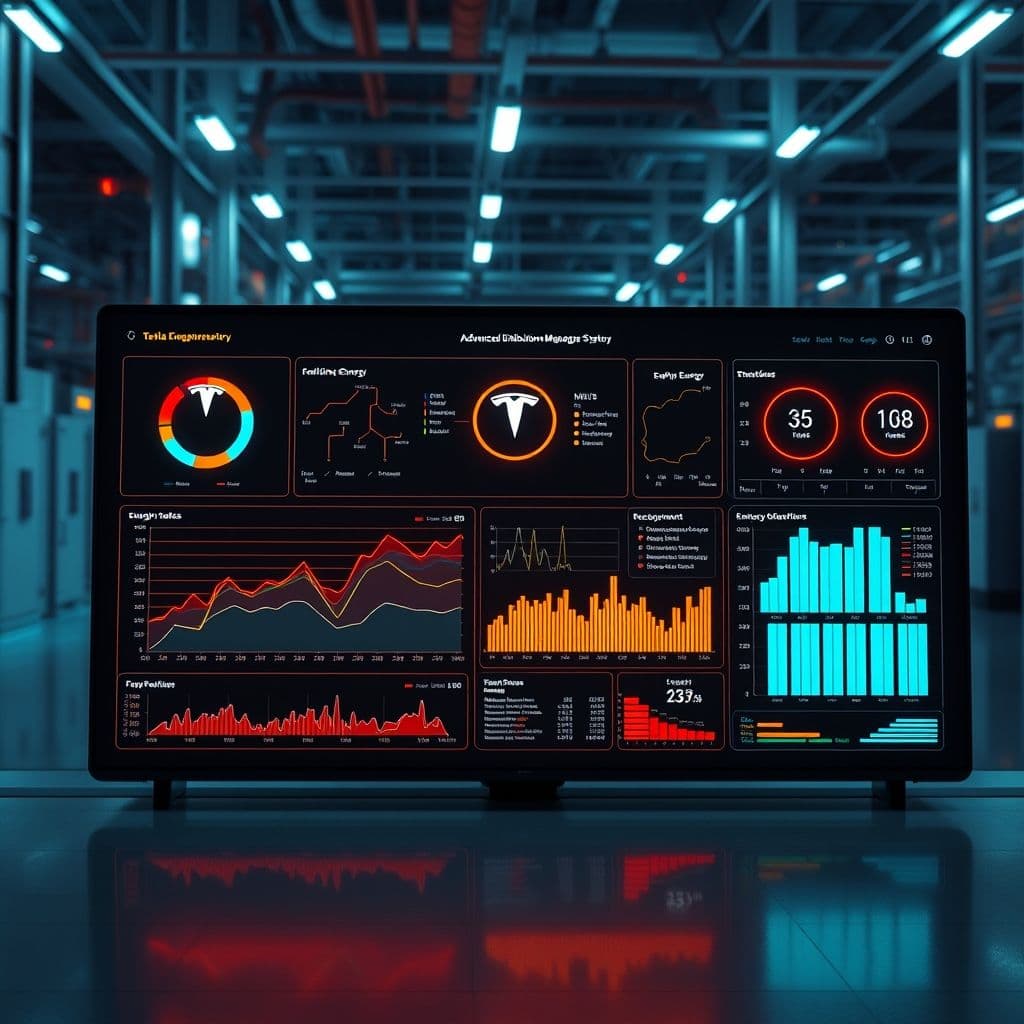Burnout Prevention: How a SaaS Energy Tracker Could Save Your Sanity

Burnout isn't just about working too hard - it's about working wrong. As professionals across industries struggle with energy drain and blurred boundaries, a new approach is needed. What if technology could help us visualize and protect our most valuable resource: our mental and emotional energy?
The Burnout Epidemic: More Than Just Stress
Modern professionals face a silent crisis. As evidenced by countless comments and testimonials, burnout manifests when we consistently misallocate our energy - taking on clients' emotional burdens, neglecting personal boundaries, and confusing busyness with productivity. The core issue isn't workload volume, but energy distribution. Many report feeling 'mentally wiped' after certain tasks while gaining momentum from others, yet lack systems to track these patterns.

EnergyOS: A Hypothetical SaaS Solution
Imagine a platform that combines energy tracking with boundary enforcement. This conceptual SaaS would feature: 1) Real-time energy expenditure monitoring through integrated calendar/email analysis 2) Emotional workload assessments after client interactions 3) Automated boundary protection (scheduling non-negotiable recovery blocks) 4) Personalized 'energy budget' recommendations based on historical data.
The system could identify which clients, tasks, or times of day consistently drain users versus energize them. Over time, machine learning could suggest optimal scheduling patterns and even auto-respond to boundary violations during protected time blocks.

Transformative Use Cases Across Professions
For real estate agents: Flagging emotionally draining client interactions and automatically scheduling recovery time after tough negotiations. Healthcare workers: Tracking cumulative emotional labor and enforcing mandatory mental health days before reaching critical burnout levels. Corporate employees: Identifying meeting types that consistently deplete energy and suggesting alternative communication methods.
Conclusion
Burnout signals a need for systemic change, not just personal resilience. While this EnergyOS concept remains hypothetical, its potential to transform how we manage professional energy is compelling. By making invisible drains visible and automating boundary protection, such tools could help rebuild sustainable careers.
Frequently Asked Questions
- How would this differ from existing productivity apps?
- Unlike time management tools, this would focus on emotional and mental energy metrics, using AI to detect draining patterns rather than just scheduling tasks.
- What industries would benefit most from this solution?
- High-touch service roles (realtors, therapists), healthcare workers, and knowledge workers facing constant context-switching would see immediate benefits from visualized energy data.
- Could this really prevent burnout or just track it?
- The hypothetical system would be proactive - identifying drain patterns early, enforcing recovery time, and suggesting workflow changes before burnout occurs.


